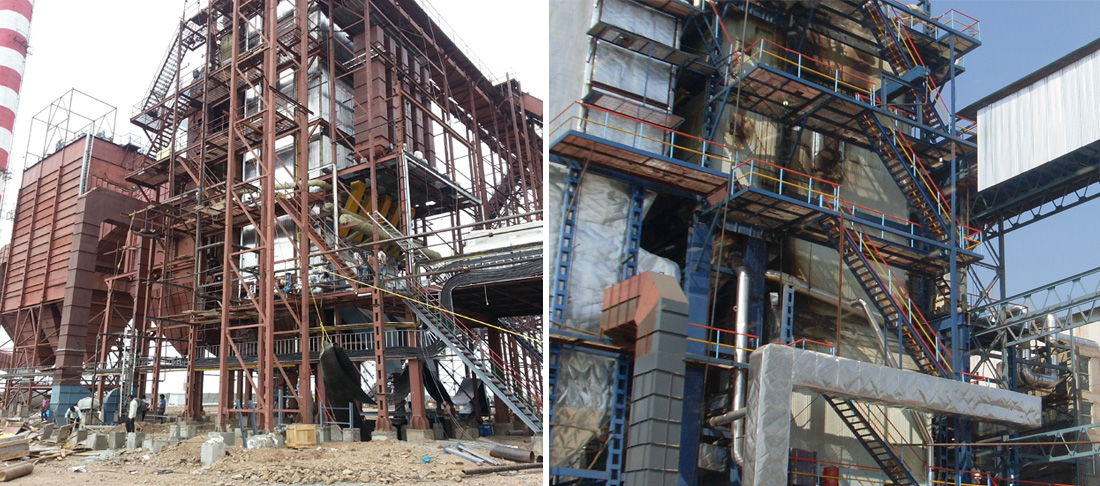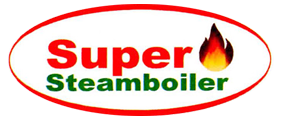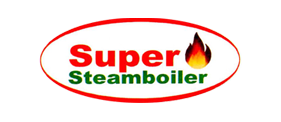Electrostatic Precipitator (ESP) Manufacturers And Supplier

An electrostatic precipitator (ESP) is an air pollution control device used in boilers to remove particulate matter (PM) from flue gases before they are released into the atmosphere. It works by charging dust particles with an electrical charge and then collecting them on grounded plates. This process effectively reduces particulate emissions from boilers, helping industries meet environmental regulations.
How it works :
1. Charging : Flue gas, containing dust particles, enters the ESP chamber. High-voltage discharge electrodes create an electric field within the chamber. Dust particles passing through this field become electrically charged, typically negatively charged.
2. Collection :
The charged particles are then attracted to grounded collection plates, which are typically arranged in parallel rows within the ESP.
3. Removal :
To prevent the buildup of dust on the collection plates, a rapping system (like tumbling hammers or TIGI) is used to dislodge the collected particles. These particles then fall into collection hoppers at the bottom of the ESP, where they can be removed.
4. Clean Gas Exit :
The cleaned flue gas, now free of a significant amount of particulate matter, exits the ESP and is released into the atmosphere.
Key Features and Benefits :
High efficiency : ESPs can achieve very high particulate removal efficiencies, often exceeding 99%.
Low pressure drop : They offer minimal resistance to gas flow, reducing energy consumption.
Handles high temperatures and gas volumes : ESPs are well-suited for the high-temperature, high-volume flue gases produced by industrial boilers.
Adaptable : ESPs can be designed for various boiler sizes and fuel types.
Reduced emissions: By effectively removing particulate matter, ESPs help industries meet stringent air quality standards.
Electrostatic Precipitator (ESP) is a special type of system that uses electric charge to remove fine smoke and dust from the flue gases. The flue gases with impurities are entered through an inlet and passed through an electric charge, this results separation of toxic particles like lead and Sulpher & attracted to the plates where they are collected and removed.
Electrostatic Precipitators (ESP) - Effective Dust and Smoke Removal for a Cleaner Environment An Electrostatic Precipitator (ESP) is an advanced system designed to efficiently remove fine dust and smoke from flue gases. Using the principle of electrostatic separation, an ESP ensures minimal emissions, making it a preferred choice for various industries.
How ESP Works (ESP Working Principle) :
The process begins when flue gases with impurities like dust and smoke enter the ESP through an inlet. Inside, these gases pass through negatively charged electrodes, where particles like sulfur and lead are ionized. The charged particles are then attracted to positively charged collecting plates. Over time, these particles are removed using rapping systems such as tumbling hammers or MIGI rapping systems, ensuring continuous operation.
Applications :
Boiler ESP : Ideal for flue gas cleaning in stoker-fired, CFBC, and biomass boilers.
Sugar Industry ESP : Effectively handle emissions from sugar mills.
Steel Industry : Used for sinter plant dedusting and waste gas treatment.
Non-Ferrous Plants : Designed for zinc, aluminium, and copper smelters.
Waste Management : Clean emissions in heat recovery boilers.
Benefits :
Reduced Erection Time : Pre-assembled parts ensure faster installation at the site.
Low Air Leakage : Double-walled inspection doors and durable seals prevent leaks.
High Collection Efficiency : Captures over 99.9% of particles.
Reliable Aftermarket Services : From tuning to replacement parts, comprehensive support is provided.
Wide Industry Expertise : Trusted by clients across 21+ industries.
Why Choose TECHFLOW as Your ESP Manufacturer?
With over 40 years of experience, TECHFLOW is a trusted name among ESP manufacturers in India, delivering customized solutions for industries worldwide.
Features of TECHFLOW ESP :
Design range : 10,000 to 600,000 m³/hr.
Collection efficiency : 99.9%.
Achievable emissions : Less than 20 mg/Nm³.
Operating temperature : Up to 220°C.
Continuous Emission Monitoring Systems (CEMS) integration

